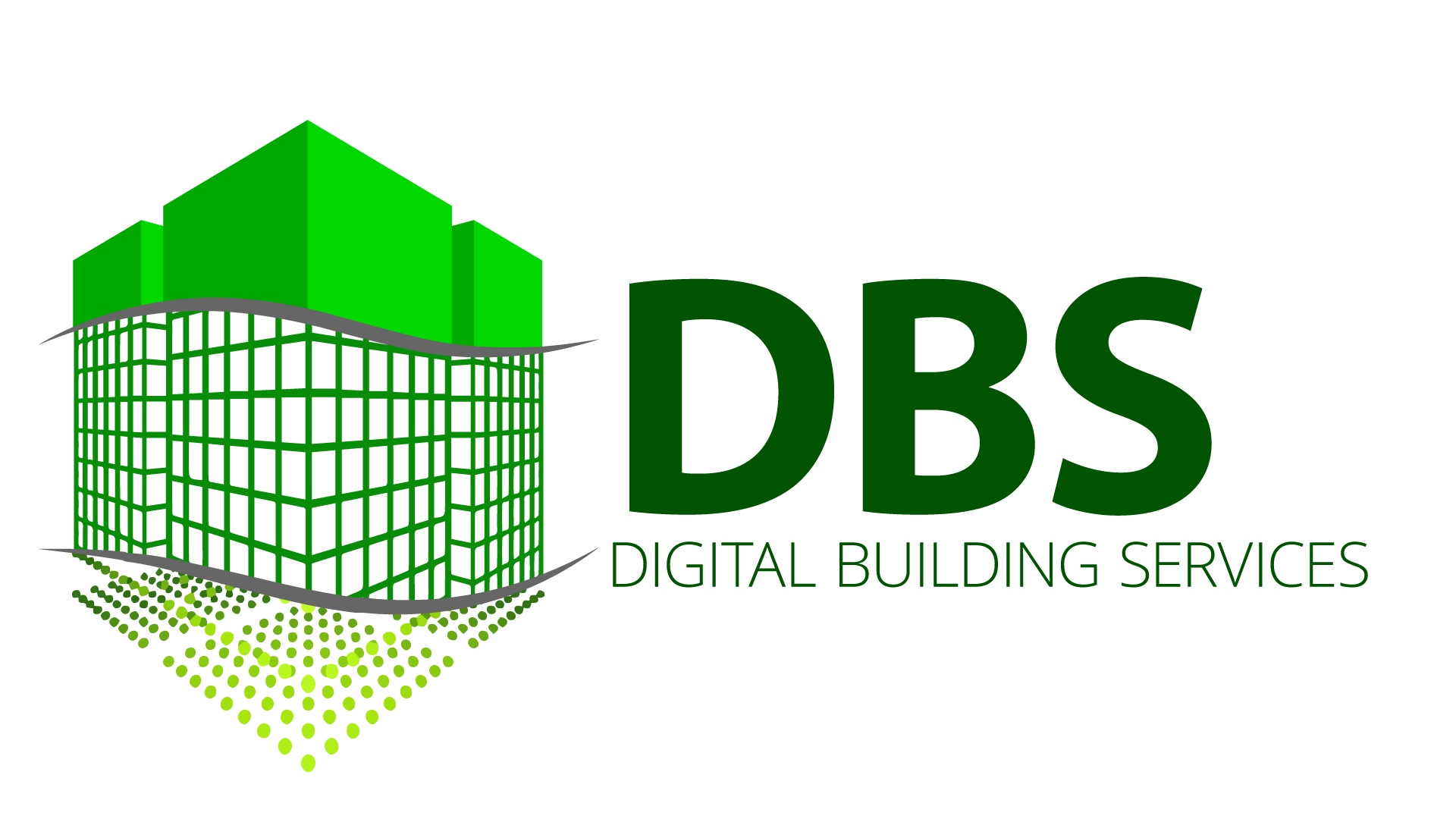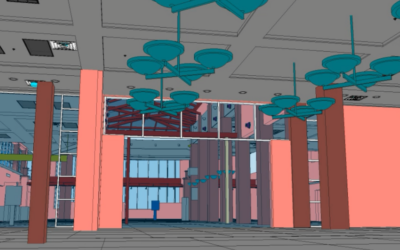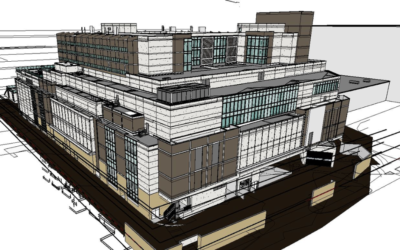Building Information Modeling (BIM) has revolutionized the construction industry, offering a digital representation of a building’s physical and functional characteristics. BIM coordination, a critical aspect of this technological advancement, involves the collaborative process of combining different stakeholders’ models and data into a unified BIM model.
Understanding BIM Coordination
BIM coordination is more than just merging different mode1ls; it’s about creating a synergistic environment where architects, engineers, contractors, and clients can collaborate. This process ensures that all aspects of the building design are harmonized and optimized for construction and future maintenance.
Key Strategies for Effective BIM Coordination
The need for a well-defined strategy in BIM (Building Information Modeling) coordination stems from the complexity and interdisciplinary nature of modern construction projects. BIM, being a collaborative digital process, requires the integration of diverse data and models from various stakeholders, including architects, engineers, and contractors. A strategic approach ensures that this integration is seamless, efficient, and error-free.
Early Involvement of Stakeholders
Engaging all stakeholders at the onset of the project is crucial. Early involvement ensures that each party’s requirements and insights are incorporated into the BIM model, fostering a more collaborative and informed design process.
Standardization of Processes
Developing and adhering to standardized BIM processes and protocols is essential. This includes agreeing on software platforms, data exchange formats, and modeling conventions, which streamline coordination and reduce misunderstandings.
Regular Coordination Meetings
Regular meetings are necessary to discuss progress, address issues, and make collective decisions. These should be scheduled at consistent intervals to maintain momentum and ensure continuous alignment among stakeholders.
Clash Detection and Resolution
Utilizing BIM for clash detection is a proactive way to identify and resolve conflicts between different models. This can save significant time and money by preventing construction delays caused by unforeseen issues.
Leveraging BIM Collaboration Tools
Investing in the right BIM software and collaboration tools is fundamental. These tools enable real-time sharing and updating of models, enhancing the efficiency and accuracy of the coordination process.
BIM Coordination in Construction Projects
BIM coordination is a strategic process that requires careful planning, effective communication, and the right technological tools. By adopting these strategies, construction projects can achieve higher efficiency, lower costs, and fewer errors.
Ultimately, the success of BIM coordination lies in the collaborative effort of all stakeholders, leveraging technology to achieve a common goal: constructing buildings that are as efficient to build as they are to operate.





0 Comments